Sainsbury’s half-year results earlier this month saw underlying profits grow 20% in the 28 weeks to 22 September 2018. Group sales increased 3.5% to £15.1bn, and this year’s hot summer boosted food and general merchandise (GM) sales with grocery sales up 1.2%. After tax, however, profits fell 13% to £144m as it took hits from its store management restructure, Argos integration, Sainsbury’s Bank transition and the proposed Asda merger.
So what do these results, and what CEO Mike Coupe had to say about them when speaking to The Grocer, tell us about how well Sainsbury’s strategy is working?
Asda merger
The grocery story of the year (barring the ongoing Brexit chaos) remains the £15bn mega-merger between Sainsbury’s and Asda.
Of course Coupe has remained upbeat about the likelihood of it receiving approval from the CMA, and also that it will deliver the requisite business benefits going forward.
But there were two interesting suggestions which could be construed as paving the way in case the competition watchdog either blocks the deal or requires too many remedies, rendering the deal not worth pushing ahead with.
Coupe insisted the merger would create “material benefits for customers in the form of lower prices”, and declared Sainsbury’s has a bright future ahead - with or without Asda. “We’re confident in our future whatever that future is. We have a clear strategy we’re delivering against.”
This could also be seen as more of a defence of Sainsbury’s current performance, in which growth is not as strong as its big four rivals, and its numbers continue to be boosted by the Argos acquisition.
Coupe also admitted for the first time that the merger could lead to uncertainty around the future of some stores, shifting from his previous line that the deal would not involve store closures.
He acknowledged the CMA could demand up to 200 disposals. Coupe emphasised that figure, however, is far fewer than the 463 the CMA has flagged up as potential areas where competition could be significantly reduced, saying that due to some supermarkets being “pairs of stores, geographical areas of concern halve in many of the areas - it’s probably less than 200”.
No wonder then that Sainsbury’s and Asda are lobbying the CMA to include Aldi and Lidl as well as online operators such as Amazon and Ocado within the competitor set for its deliberations.
Sainsbury’s-Asda: reasons why our merger should go ahead
Store standards
Sainsbury’s has faced criticism in the press and across social media for falling store standards over the last several months. Customers and journalists alike have snapped photos of empty shelves, messy checkouts and unsightly aisles.
Coupe confessed he would be “the first to acknowledge we had availability blips this summer”, however he suggested this was an industry-wide issue linked to the CO2 shortages and insisted that it has the “best stores in the industry”, adding that Sainsbury’s had picked up 12 Grocer 33 service and availability wins in the 28 weeks to 22 September 2018.
In fairness to Coupe, Sainsbury’s is still out in front of its rivals when it comes to service and availability. Crucially however there has been a tailing off from its own previously high standards and this seems to coincide with its summer in-store management shake-up.
We are currently 21 weeks into the current Grocer 33 year, which kicked off a week after the store changes. Over this period availability has fallen 0.3% points to 97.2% compared to the full year to 16 June.
Average shop floor service has fallen from 15.4/20 to 15.1 while the checkout score is down from 13.6/20 to 13.1. Store standards have remained unchanged at 12.5/20 but this is down from 13.4 for the year to June 2017.
The decline is subtle if not dramatic, but you would not expect standards to fall off a cliff the minute the changes were made in-store. The concerning thing for Sainsbury’s is that there appears to be an unwelcome direction of travel. The question is: how much further will it fall?
Ranging
Sainsbury’s is honing in on exclusivity and differentiation in its grocery ranges, with own label and owned brands a key focus. Many of them are flourishing too, including its Little Ones babycare range, which expanded with 50 new lines in April and now accounts for over a quarter of its babyfood volume, and its Taste the Difference premium food range, which saw sales grow almost 3% and volumes nearly 4%.
Coupe told The Grocer that Sainsbury’s strives to be “competitive on price for commodities and add differentiation”.
It introduced its Product Quality Framework tiering system around four years ago. This categorises items by commodity, everyday, quality and speciality based on the essential nature of the item, customers’ emotional engagement with it and its quality. Coupe said the grid has seen some changes over the years though, thanks to the discounters: “Fillet steak would’ve been a speciality item four years ago, but because of what the discounters stock it’s more everyday now.”
He said this shift has created “further challenges about how we differentiate products to encourage customers to trade up.”
Sainsbury’s is also championing smaller brands to stand out. It has transformed its till-side snack assortment in its Local convenience stores with the help of startups including Hippeas, Missfits, Olly’s Olives, Graze and Real Handful to appeal to more health-conscious consumers. It has a dedicated Future Brands team in place, which works closely with small suppliers to bring distinctive and innovative products to its shelves, some such as vegan brand Naturli exclusively.
This appears to be a sound enough strategy. Getting into a price war with the discounters looks like a zero-sum game - the key for a retailer like Sainsbury’s will be to continue to offer choice for its customers. But it also needs to be careful not to completely alienate those big brand suppliers, either through putting the squeeze on post-merger or simply cutting shelf space. Customers want the hip and trendy brands and the quality own label but they also want to know they can rely on the big familiar brands. It’s a fine balancing act and Sainsbury’s needs to make sure it doesn’t throw the baby out with the bathwater.
First look: inside Sainsbury’s new beauty departments
Store space
With 1.5 million sq ft of surplus space in its stores identified four years ago, Sainsbury’s has re-purposed 700,000 sq ft of it with Argos stores and concessions galore. From Sushi Gourmet, Patisserie Valerie, Crussh and Zizzi counters all being brought in over the past year or so, Sainsbury’s said it uses its space “more productively” and has boosted sales by 2%.
The halo effect from the Argos stores is clear, and it’s easy to see these working just as well or even better in Asda outlets should the merger get through.
Another very interesting move is its “orientating store space towards growing markets so there’s less competitive pressure from the discounters”. Take cosmetics, for instance - you might find the odd product in discounter supermarkets, but Sainsbury’s has swelled its selection of beauty products with 1,500 items, introduced trained assistants and a slick new look for its beauty aisles. Eight branches have seen this makeover and Coupe said the move has been “so far, so good”.
This also goes for its Oasis concessions getting installed at two supermarkets, with three more in the pipeline for next spring. These too come with an aim to make the supermarkets destination stores and to capitalise on the space it has, so it’s safe to say we’ll see more of this from Sainsbury’s in the coming months. It certainly looks to be a strategy worth pushing ahead with.




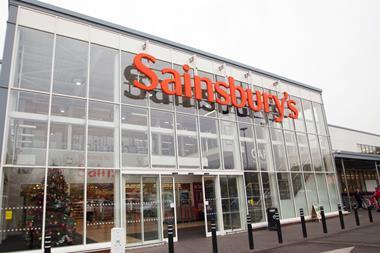
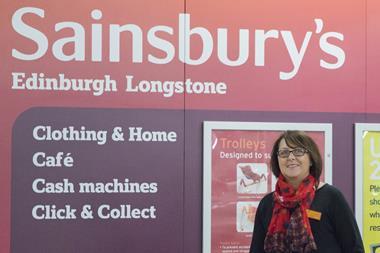
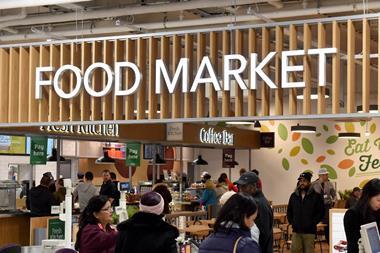
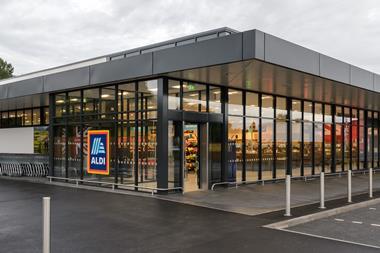



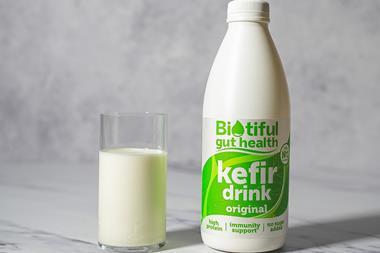

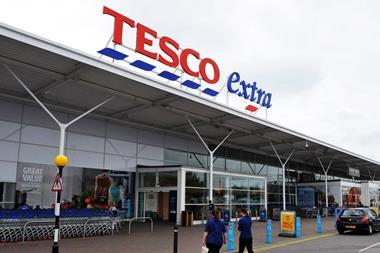

No comments yet